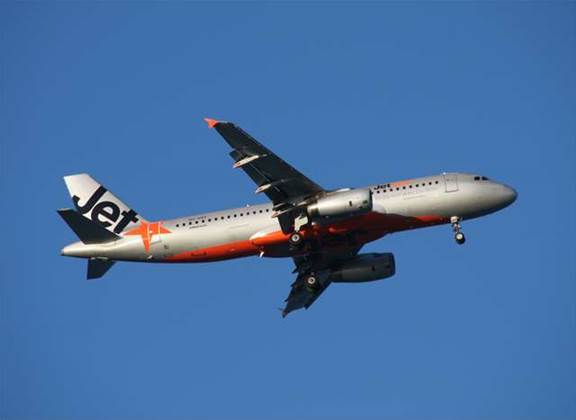Sydney Metro is Looking for a Temporary CIO for Prompt Placement
We independently review everything we recommend. When you buy through our links, we may earn a commission which is paid directly to our Australia-based writers, editors, and support staff. Thank you for your support!
Quick Read
- Sydney Metro is searching for an interim CIO for a duration of 18 months.
- This position will facilitate the digital transformation across three significant rail extensions.
- The role is vital for the driverless train initiative at Sydney Metro.
- The CIO will report to CFO and Commercial Officer Fiona Trussell.
- There is potential for the contract to be prolonged past the initial 18-month period.
- Key rail lines are slated to launch between 2026 and 2027, with another in 2032.
- Craig Taprell will be succeeded by the newly appointed CIO.
The Role of the Incoming CIO
Sydney Metro is in the process of appointing a new Chief Information Officer (CIO) on an interim basis to align with the construction schedules of major rail network expansions. The new CIO will be instrumental in directing technology strategies for the Sydney Metro driverless train project, which is currently broadening its network with three new rail lines.

Responsibilities and Reporting Structure
The selected CIO will report directly to Fiona Trussell, the Chief Finance and Commercial Officer at Sydney Metro. The role involves delivering high-quality IT services crucial for the operational needs of the organization and serves as a major contributor to Sydney Metro’s digital transformation.
Timeline and Upcoming Projects
The government of New South Wales expects the Sydney Metro South West extension, stretching from Sydenham to Bankstown, to be operational in the latter part of 2026. Furthermore, the Western Sydney Airport line is projected to open in April 2027. Both initiatives fall under the 18-month duration of the CIO’s contract. Meanwhile, the Sydney Metro West project, aimed at connecting Westmead to Hunter Street in Sydney’s CBD, is anticipated to launch in 2032.
Transition and Historical Background
The new CIO will take over from Craig Taprell, who has held the position since February 2024. Previously, Tommy Cheung was the inaugural CIO for the Sydney Metro project, having founded the role in 2021. After a brief secondment with the driverless train project, Cheung resumed his position as Executive Director of IT Strategy and Transformation at Transport for NSW.
Conclusion
Sydney Metro is in search of a temporary CIO to lead its technological initiatives during a key expansion period. This position is fundamental to the successful digital transition of the driverless train project, coinciding with the timelines of significant rail network expansions. The role offers a unique chance for a technology leader to influence one of Australia’s most critical infrastructure endeavors.














